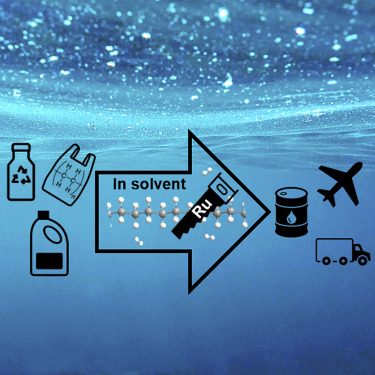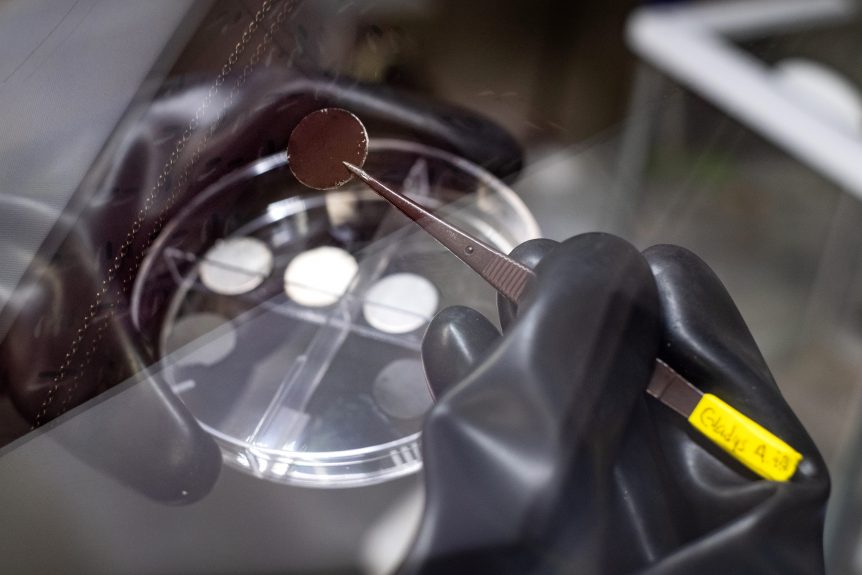The Earth we inhabit struggles in an ever-tightening race between being overcome with its own trash and cleaning up after itself. Two stunning approaches to turning trash and waste into valuable materials and fuels could help us win that race. Graphene Dreams in a Flash Bigthink.com leads with the news that, “Graphene typically costs $200,000 per ton. Now, scientists can make it from trash.” This “insanely useful” product is difficult to produce, making it a luxury for many applications – until now. Graphene is insanely useful, but very difficult to produce — until now. Dr. James Tour and his Rice University students have created a way to produce graphene in large quantities in a literal flash. This technique, Flash Joule Heating, was discovered in Dr. Tour’s laboratory by graduate student Duy Luong. Also the lead author on the paper in the journal Nature, Luong “Did not expect to find graphene when he fired up the first small-scale device to find …
Rice Defeats Dendrites
Dr. James Tour of Rice University makes news regularly with different ways of making better batteries. His latest, a thin-film coating of carbon nanotubes, will enable lithium metal batteries to potentially achieve their full potential. According to the Tour Laboratory, that potential is worth considering. “Lithium metal charges much faster and holds about 10 times more energy by volume than the lithium-ion electrodes found in just about every electronic device, including cellphones and electric cars.” This promise is offset by problems with dendrite growth, the intrusion of tooth-like projections from the surface of the anode metal. If these growths expand far enough, they poke through the battery’s electrolyte and severely limit battery life. Worst of all, if the dendrites reach the cathode, they short out the battery, and possibly cause thermal runaway and fires. Tour and his student researchers have found that coating the lithium metal electrodes with a thin layer of carbon nanotubes keeps dendrites under control, and allows …


